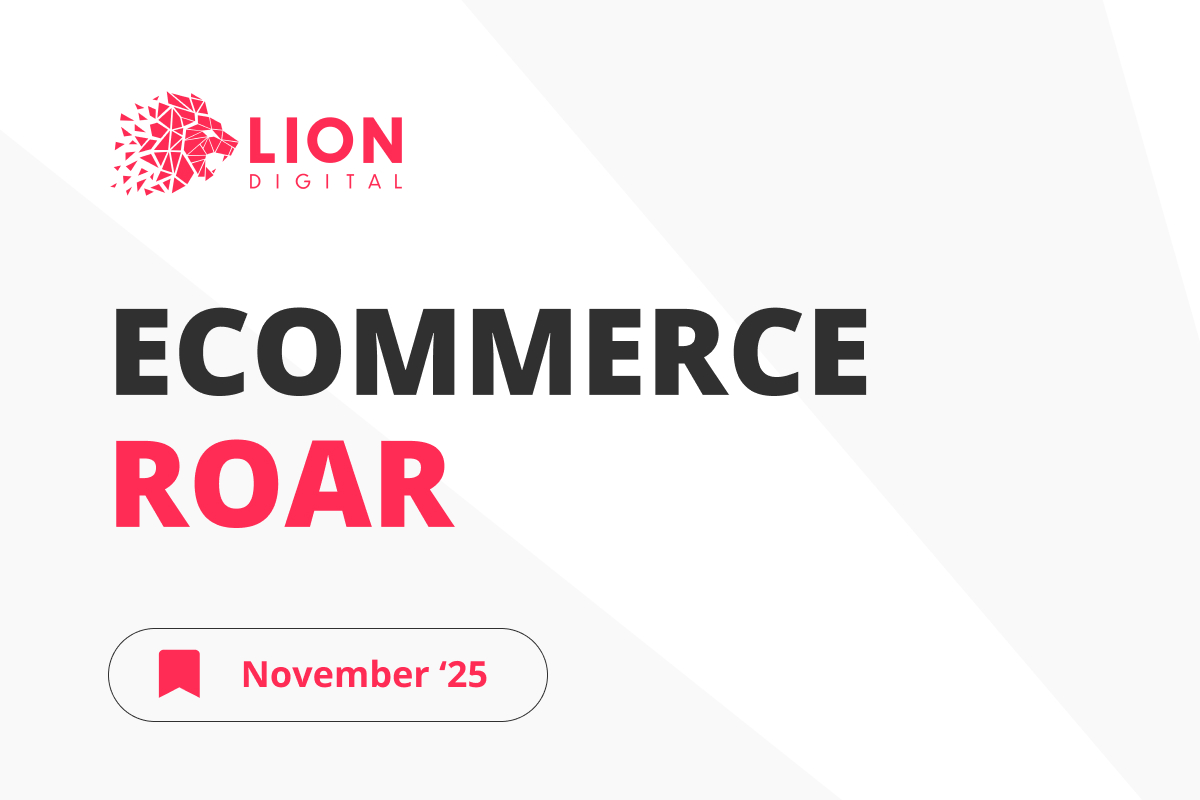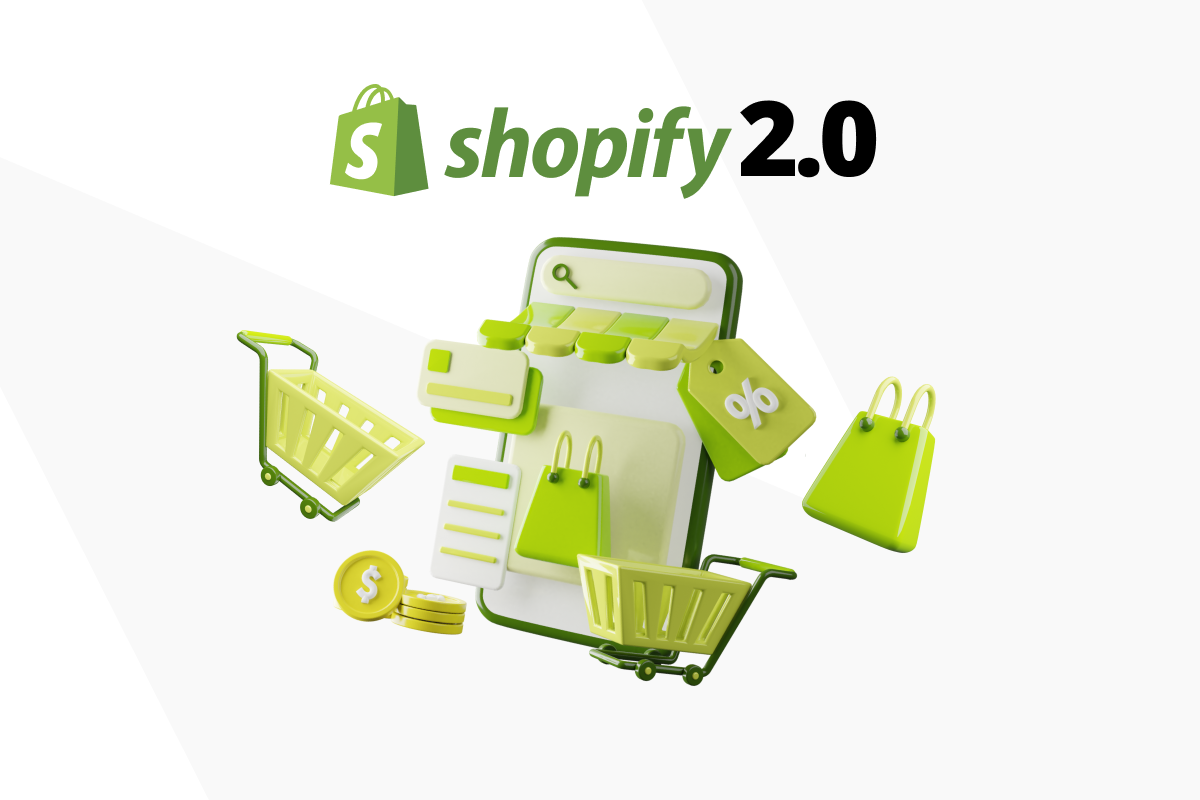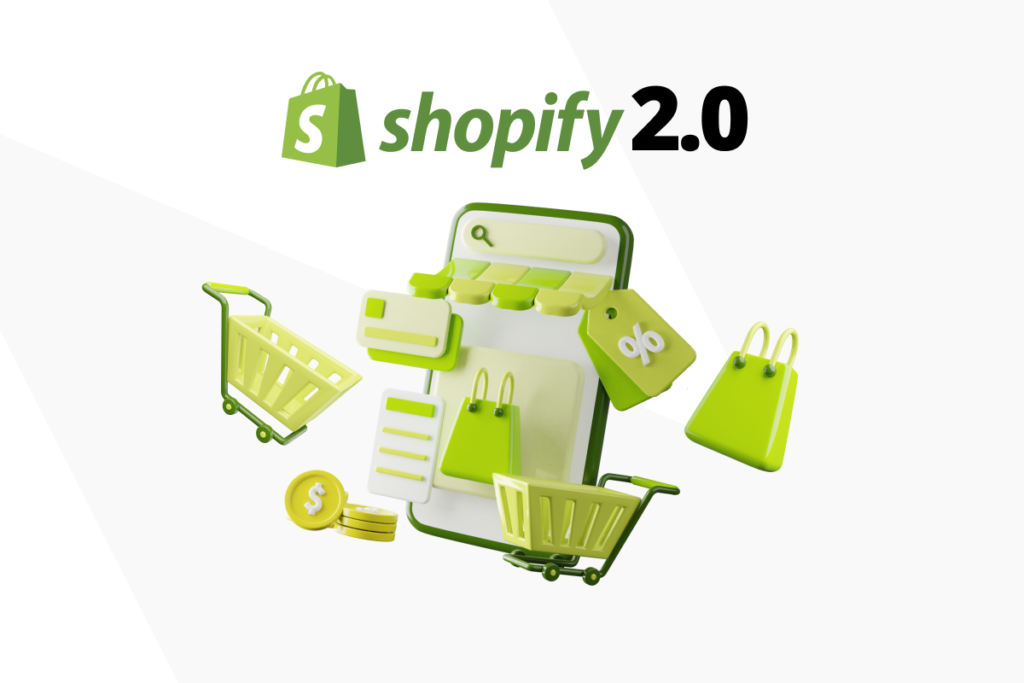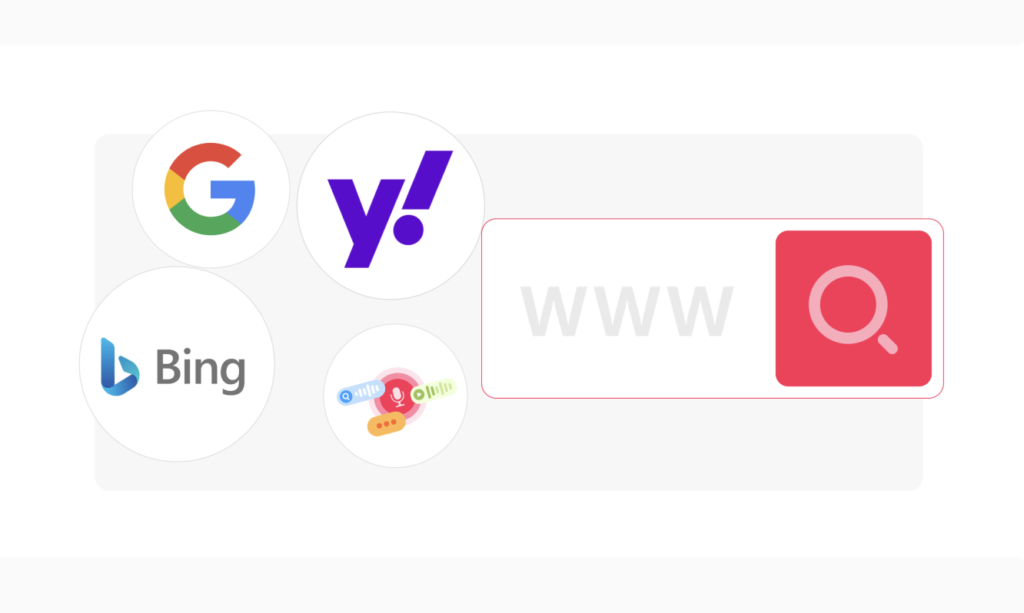
In today’s digital-first economy, strategic brand growth is often driven by expanding into international markets. Global-e is a leading cross-border eCommerce platform that helps small to large businesses expand globally by localising customer experiences and tailoring solutions, such as global payments, logistics, and marketing, with data-driven insights.
Our recent partnership with Global-e cements our dedication to expanding our reach along with that of our clients. As LION Digital is currently servicing clients in 14 global markets, including Australia, New Zealand, the United States, the UK, Canada, and Japan, our multichannel eCommerce digital marketing agency has proven strategies for international growth.
Driving International eCommerce Success with Global-e and LION Digital
More than just a tech provider, Global-e delivers full-service solutions, offering tailored geocentric retail strategies, tools and techniques for international success.
As Raj Mukherjee, Global-e Partnership Manager Asia-Pacific, explains, “Global-e provides everything that a brand needs to accomplish global eCommerce successfully. Our technology enables shoppers from over 200 countries to have a more localised experience, and our services simplify expansion minimising the risks and complexity involved in selling online to overseas markets.”
This comprehensive cross-border solution allows merchants to focus on their core business while Global-e tackles complex supply-chain logistics, compliance, duties, taxes, customs, and currency conversion. By providing a single, integrated stack that manages international operations, Global-e helps merchants transform untapped international sessions into revenue, rather than brands having to build their own multi-regional stacks instead.
Key Benefits: A Comprehensive Solution in One Platform with Vast Reach
Unlike other cross-border eCommerce providers that offer only parts of the necessary infrastructure, Global-e provides an enterprise-grade end-to-end solution. For brands operating in multiple markets, this allows a valuable opportunity to consolidate their efforts under one platform.
“We have aggregated all the information that’s required end-to-end, and effectively brands don’t need to piecemeal it,” says Raj. “Global-e has all of it under one umbrella.”
This includes everything from tax calculation and compliance to logistics and payment services, which is a huge boon for brands wanting to expand as it can drastically reduce operational complexity and risk. Ecommerce brands can now expand into new regions without the added pressure of dealing with local regulatory requirements and technical infrastructure.
This holistic approach is a major advantage, eliminating the need for brands to integrate multiple solutions from different providers. The platform’s size and scale—being the largest business of its kind globally—enable access to vast amounts of data, which in turn fuels better market insights and strategic recommendations.
Leveraging Data Insights for Market Optimisation
One of Global-e’s most powerful assets is its data. With over 30 million transactions and 2 billion sessions from more than 1000 brands that the company services, the platform has access to extensive insights into local customer behaviour across the globe.
With a strong focus across verticals including fashion, beauty, consumer electronics, toys and kids’ space. Global-e tracks “shopper behaviour in different regions”, explains Raj. “We peer group that data and present it back to the relevant brands to help them identify their low-hanging fruit opportunities.”
One of Global-e’s key differentiators is its ability to use data to inform strategy and pricing, allowing brands to make informed decisions and maximise their ROI. Global-e uses data analysis to help brands pinpoint the regions where they are most likely to succeed so they can fine-tune their pricing, product offerings, and marketing strategies. These insights are particularly valuable for brands looking to enter high-growth markets or optimise their existing regional performance.
Improved Customer Experience by Localising the Entire Shopper Journey
One of the most significant challenges in cross-border eCommerce is ensuring that international shoppers can engage as seamlessly with international brands as they would local online businesses.
“The software is designed to geolocate the shopper, present a welcome message, and display local banner messaging with special offers,” says Raj. “We also enable shoppers to browse and pay in their local currency, so they don’t need to worry about converting it themselves or being exposed to unknown transactional fees.”
Global-e’s solution integrates with all eCommerce platforms and is the exclusive third-party global eCommerce provider for Shopify. Raj says, “We feel fortunate to have a solution that works across platforms and to be chosen by Shopify to help their merchants expand globally.”
Shopify Managed Markets expands the capabilities of cross-border management tools offered by Shopify. Currently available to US-based merchants, this tool can help brands set up and start on their journey to global sales.
Global-e’s platform supports over 30 languages, more than 100 currencies and over 150 payment options, including buy-now, pay-later options, digital wallets and credit cards. This creates a seamless experience with a domestic feel for international shoppers. Brands can build trust and loyalty in new markets by helping to reduce friction for shoppers, therefore, increasing the likelihood of conversion rates.
Partnership Synergy for Global-e and LION Digital
The Global-e and LION Digital partnership has been built on shared values and complementary expertise. LION Digital is renowned for its multichannel eCommerce capabilities, specialising in helping brands with a minimum international annual revenue of $100K expand their global footprint.
Raj sees this alliance as a natural alignment, saying that the partnership was driven by LION Digital’s “strong eCommerce focus, especially in the D2C online eCommerce space and is known as an eCommerce powerhouse, and its team has the capability and that focus, making the alliance a strong partnership for success”.
The primary driver of the alliance for Global-e is the fact that LION has such a strong eCommerce focus.
“That alignment is invaluable,” says Raj, “In the Australian market, some of the major clients that LION works with would be a great fit for Global-e or are potentially working with Global-e already, and this partnership will allow us to work more closely to deliver strong results for them,” adding that, “LION’s growth in APAC and in countries where Global-e is also established gives this partnership a global recipe for success.”
LION Digital’s ability to run multichannel campaigns at home in APAC and across 13 foreign markets perfectly complements Global-e’s cross-border eCommerce capabilities. Combined, they offer brands a complete solution for growing their international online presence, entering new markets, and driving revenue across multiple channels.
Global-e publishes a global data insights report that breaks down regional trends that can assist brands that are selling from and optioning the Australian market. This report provides market trends that share international growth and decline, showcasing how the US dollar can impact world commerce.
Future Outlook for a Winning Partnership
As the eCommerce landscape continues to evolve, the partnership between Global-e and LION Digital is poised to deliver significant value to brands looking to expand their global presence. With Global-e’s robust technology platform and LION Digital’s expertise in digital marketing, brands have access to powerful solutions that simplify cross-border eCommerce and drive international growth.
Looking ahead, both companies are excited about the possibilities. Raj says “ We look forward to some exciting wins together. We have had some good success; you can see our case studies with Australian fashion and fitness brands like St. Agni and Muscle Republic on our website, and there are a few more to come.”
By combining Global-e’s cutting-edge technology, strategic data insights and eCommerce expertise with LION Digital’s expert digital marketing solutions, this partnership provides brands that are either established or starting on their journey to global success with the tools and expertise they need.










